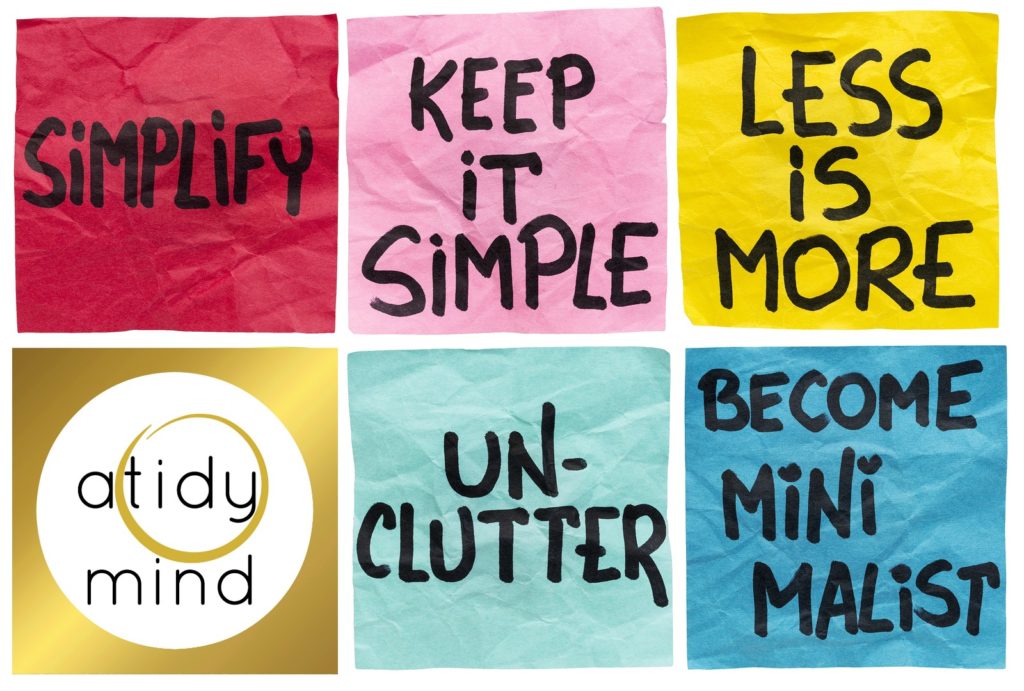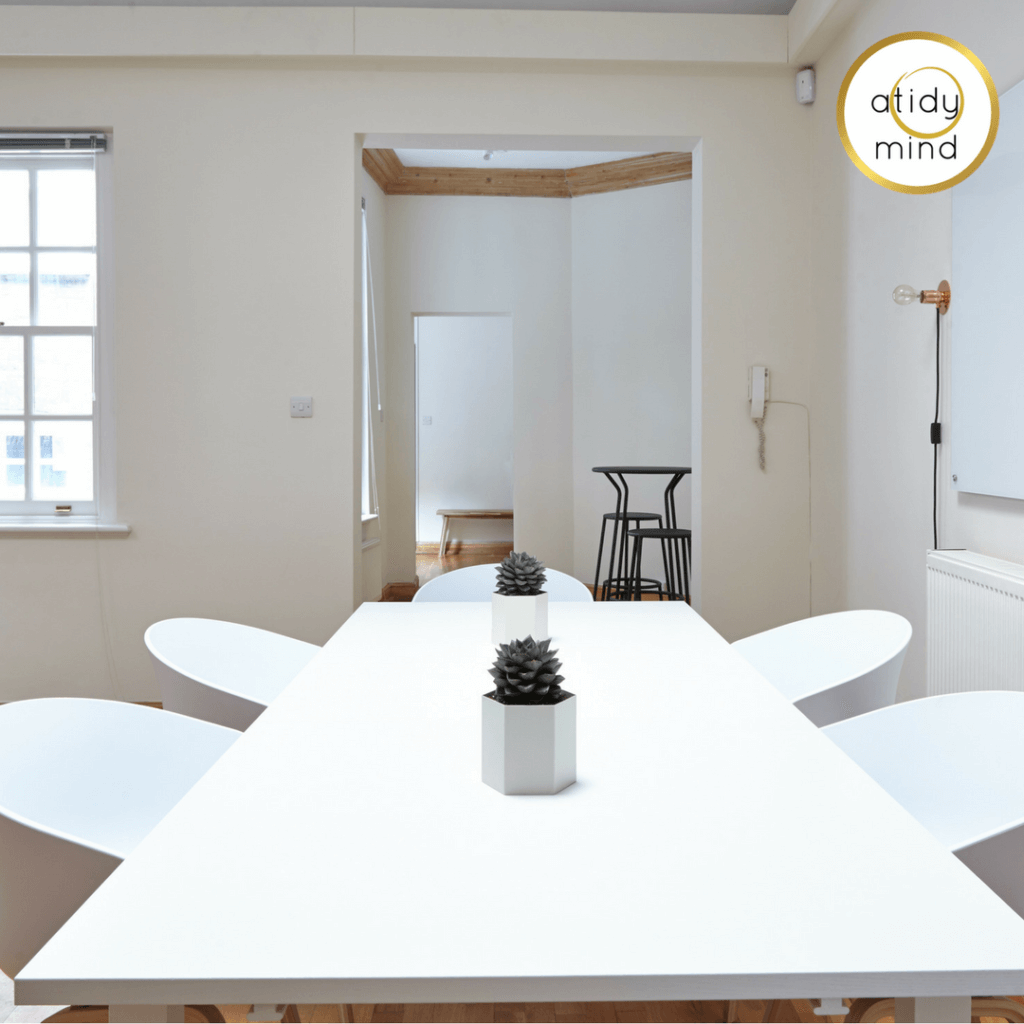Don’t let the name scare you. Far from being a morbid or violent process, Swedish Death Cleaning is all about organising your life and your possessions more mindfully. If you’re looking to minimise meaningless clutter and instil a sense of calm and order in your home, then read on to find out more.
What is Swedish Death Cleaning?
The latest lifestyle trend in Sweden, Death Cleaning, is clearing away clutter and organising your possessions to make it easier for relatives and loved ones to cope after you pass away. First envisioned by Stockholm-based artist Margareta Magnusson, Death Cleaning — called ‘döstädning’ in Swedish — is all about being considerate about what we leave behind.
Coined by Margareta Magnusson in her book “The Gentle Art of Swedish Death Cleaning,” this practice involves systematically decluttering your living spaces so that when you pass away, your loved ones won’t be burdened with sorting through your belongings. Swedish Author emphasises the benefits of Death Cleaning for older people who want to manage their possessions for their relatives; people of all ages can use its principles and practices.
Swedish Death Cleaning isn’t about morbidity; it’s about taking responsibility for one’s possessions and simplifying life. It’s a method that encourages individuals to evaluate their belongings and let go of items that no longer serve a purpose or bring joy.
Here, I’ve listed three simple cleaning methods to clean your home.
1. Figure out what to get rid of
We spend a lifetime accruing stuff, much of which we don’t need. You might have an attic or cupboard stuffed to the brim with unused, disorganised belongings, so take the time to consider what will happen to them.
The Swedish Death Cleaning method asks us to question what we need daily and to get rid of things that are no longer useful or making us happy. When deciding whether you need to keep something, ask yourself whether it serves a need, whether it makes you happy, or whether it will benefit your friends and relatives when you’re gone. If the answer to all these questions is ‘no’, then it might be time to eliminate it.
2. Donate, recycle and re-sell what you don’t need
You don’t have to — and shouldn’t — throw all those unwanted items away. The majority can probably be donated, re-sold, or recycled. Sort everything you no longer want into three categories:
Things to donate to charity
This will include any items that you no longer need but which may be of use to someone else. This might include clothes, books, furniture, toys, or electrical items. If you can’t make it to a charity shop, try using a kerbside collection service — look out for the branded plastic bags in the post. If moving bulky items is problematic, donate to a charity with a free collection service. The British Heart Foundation will collect any large furniture or electrical goods, so you don’t even have to leave the house.
Things to recycle
You probably already knew you could recycle glass, paper and plastic. But did you know that you can also recycle aerosols, crockery, medicines and certain electrical items? Just check out this guide from RecycleNow to see what you can recycle.
Things to re-sell
If you’ve got an expensive tea set or antique heirloom languishing in a dusty attic, consider selling it. Try an online auction site or pawnbroker, like eBay or i-Bidder. Certain items might fetch a reasonable price, so look at similar pieces online to see how much you could make.
Once you know what to let go of, you can begin re-organising your remaining possessions.
3. Find efficient storage solutions for the rest
Once you’ve cleared out the clutter, it’s time to re-organise the possessions you plan to keep. One of the principles of Swedish Death Cleaning is ensuring that all belongings are orderly and easy to locate to enhance the calm of your home and make it easier for your relatives.
Chat with your friends and relatives about which items they will inherit, and let them know where you plan to store them. There will likely be things you don’t use regularly but still wish to pass on to your relatives, so stash these in large storage boxes and keep them in a hidden place — try this selection of solid storage boxes from Plastic Box Shop, which are hardy enough to be stored in an attic or loft space. To make it even easier, label each box with an inventory of the contents and the name of the relative or loved one the items are intended for.
Now you know the basics, you’re ready to get organised. Just follow the principles of Swedish Death Cleaning, and before you know it, you’ll live in a calm, clutter-free environment.
Good luck!



